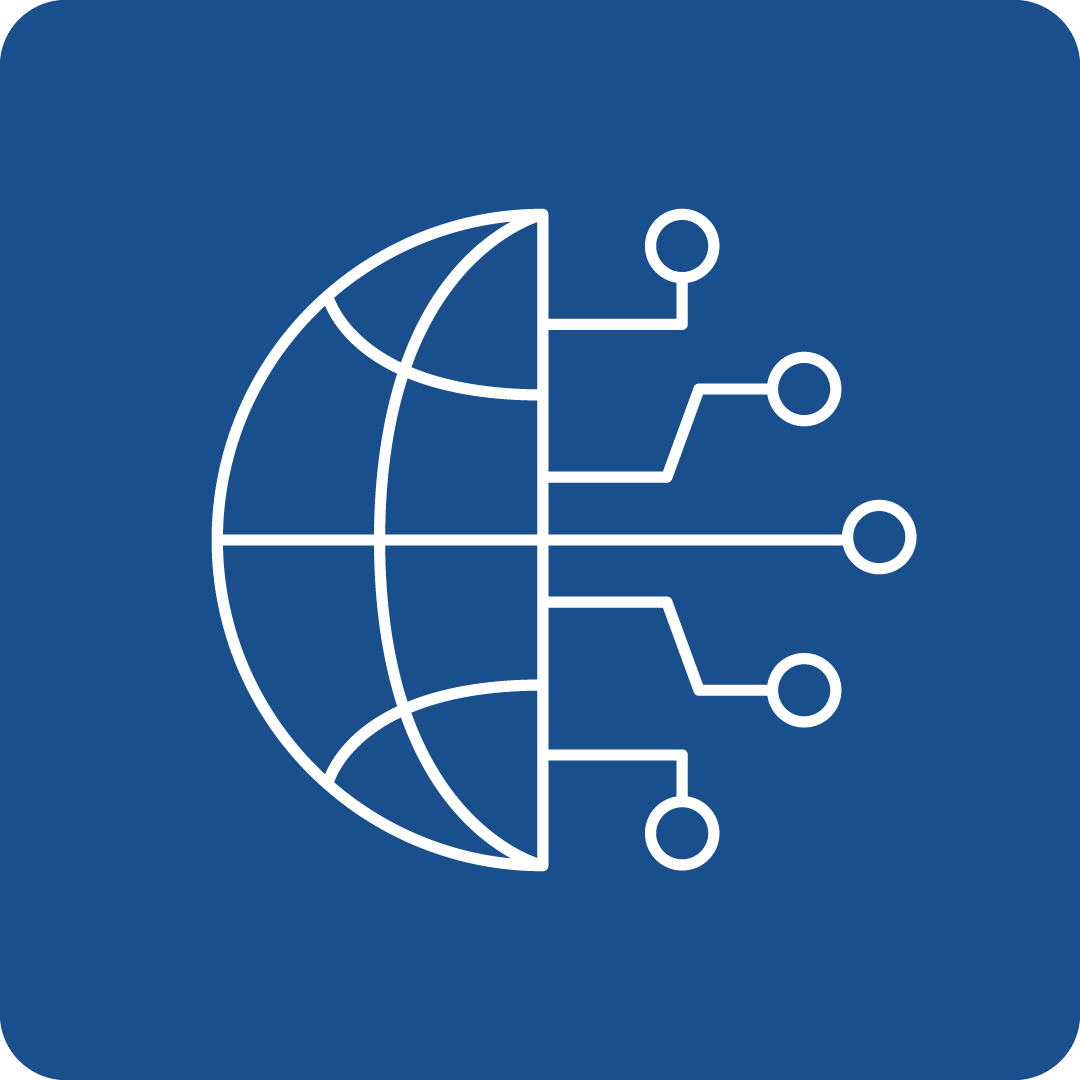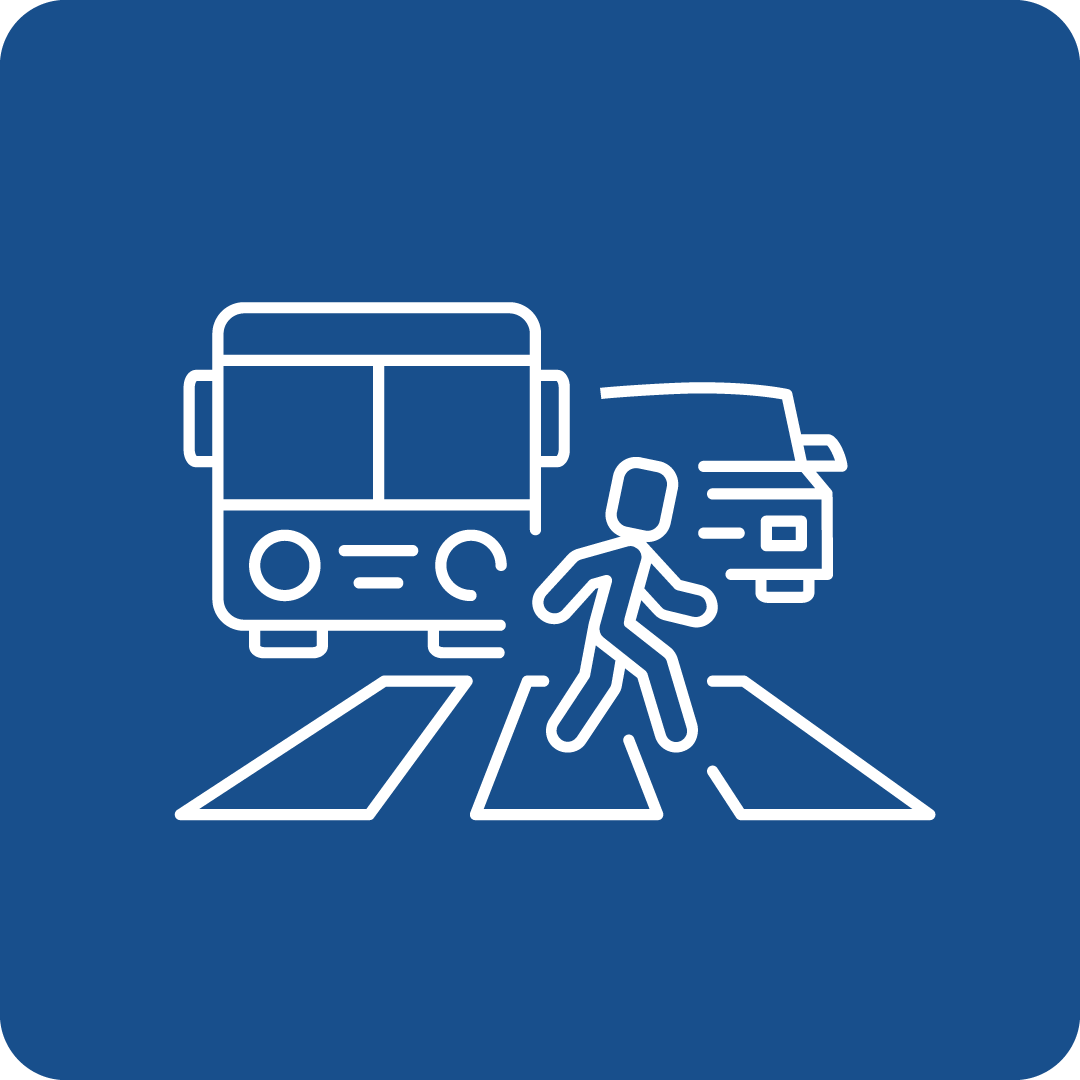Filter Search for grants
Call Navigation
Deadline expired
The deadline for this call has expired.
Call key data
Infrastructure-enabled solutions for improving the continuity or extension of Operational Design Domains (ODDs) (CCAM Partnership)
Funding Program
Horizon Europe: Cluster 5 - Climate, Energy and Mobility
Call number
HORIZON-CL5-2023-D6-01-03
deadlines
Opening
04.05.2023
Deadline
05.09.2023 17:00
Funding rate
70% (NPO:100%)
Call budget
€ 12,000,000.00
Estimated EU contribution per project
€ 6,000,000.00
Link to the call
Link to the submission
Call content
short description
This topic implements the co-programmed European Partnership on ‘Connected, Cooperative and Automated Mobility’ (CCAM). As such, projects resulting from this topic will be expected to report on results to the European Partnership ‘Connected, Cooperative and Automated Mobility’ (CCAM) in support of the monitoring of its KPIs.
Call objectives
Operational Design Domains (ODDs) of automated vehicle functions are currently limited (e.g. motorways up to 60 km/h). Infrastructure-enabled or -supported solutions can help automated vehicles to overcome the limitation and fragmentation of ODDs. Several Horizon 2020 projects (e.g. INFRAMIX, TransAID, MAVEN) have delivered promising concepts on how infrastructure and vehicles can work together. Projects addressing the first Horizon Europe calls of the CCAM Partnership (most notably HORIZON-CL5-2021-D6-01-03 and HORIZON-CL5-2022-D6-01-01) are expected to expand on this promising ground. Directions for improving the continuity of or extending the ODDs comprise mechanisms such as extended perception and decision-making delegation, supporting the real time knowledge about conditions in the “electronic horizon”, the centimetric accuracy of the positioning signal, the ability of CCAM enabled vehicles to navigate through road works and incident sites.
Digital Twins can improve the real-time availability of information, especially on information that stems from road authorities and road operators. Digital Twins also serve as a data source for prescriptive analytics and simulation environments, in order to improve the efficiency of (virtual) testing and pro-active traffic management. Moreover, Digital Twins play an important role for asset management. The scope includes technology requirements, coherence with proven physical and digital infrastructure support concepts, using Digital Twins for true redundancy and operation in different weather conditions.
As close cross-sectoral collaboration will be necessary, social innovation should be considered to support the actions under this topic, thereby empowering different stakeholders and communities in the design, development and implementation of innovative ideas that are in line with societal needs.
Proposed actions for this topic are expected to address all of the following aspects:
- Improve the availability of real-time information beyond the reach of vehicle on-board sensors by developing and demonstrating system, data and service architectures for Digital Twins for road transport infrastructure.
- Remove the discontinuity of the GNSS positioning signal in challenging road environments such as urban canyons and canopies, tunnels, mountainous areas and northern latitudes. Actions should develop approaches to improve the robustness and reliability of the positioning information by local positioning services, landmarks, modules, new procedures and redundancy processes etc.
- Develop novel solutions for the management of and navigation through road works and incident sites for CCAM enabled vehicles, making such high-risk zones much safer for road users (including vulnerable road users), but also for road workers and rescue organisation personnel. Advancing CCAM from information only to services with automated actions requires cooperation in higher classes (“agreement seeking” according to SAE J 3216). Safe and secure communication, transfer learning, distributed data processing as well as tools and enablers for improving the vehicles’ capabilities of coping with infrastructure imperfections (such as sub-standard infrastructure maintenance) are expected to be addressed. Furthermore, harmonised local traffic management measures at road works and incident sites to support their safe navigation should also be addressed.
Proposed actions should advance the infrastructure-enabled solutions for ODD continuity and/or extension to TRL 6/7 on the way towards (pre-)deployment as an important contribution to large-scale demonstration actions. EU-wide/global harmonisation is key in this action, enabling broad uptake of services in the common single market and paving the way towards coordinated deployment of necessary infrastructure support for CCAM. Potential needs for standardisation or input for future regulatory action should be identified. Proposed actions should build on NAP (National Access Points) and a Common European Mobility Dataspace to ensure alignment with existing framework.
In order to achieve the expected outcomes, international cooperation is encouraged, in particular with Japan and the United States but also with other relevant strategic partners in third countries.
read more
Expected results
Project results are expected to contribute to all of the following outcomes:
- Infrastructure-enabled solutions improving the continuity of or extending the Operational Design Domains (ODDs).
- System, data and service architectures for Digital Twins for road transport infrastructure developed and feasibility proven.
- Input to standardisation, also legal, trust and data security aspects as well as business and governance models (including organisational processes and right of use of data) for Digital Twins.
- Advanced cooperation of CCAM actors in a robust and functionally safe manner for reasons of ODD continuity/extension, enhancing the readiness of CCAM services and their future extendibility.
Eligibility Criteria
Regions / countries for funding
Moldova (Moldova), Albania (Shqipëria), Armenia (Հայաստան), Azerbaijan (Azərbaycan), Belarus (Беларусь), Bosnia and Herzegovina (Bosna i Hercegovina / Босна и Херцеговина), Faeroes (Føroyar / Færøerne), Georgia (საქართველო), Iceland (Ísland), Israel (ישראל / إِسْرَائِيل), Kosovo (Kosova/Kosovë / Косово), Montenegro (Црна Гора), Morocco (المغرب), North Macedonia (Северна Македонија), Norway (Norge), Serbia (Srbija/Сpбија), Tunisia (تونس /Tūnis), Türkiye, Ukraine (Україна), United Kingdom
eligible entities
EU Body, Education and training institution, International organization, Non-Profit Organisation (NPO) / Non-Governmental Organisation (NGO), Other, Private institution, incl. private company (private for profit), Public Body (national, regional and local; incl. EGTCs), Research Institution incl. University, Small and medium-sized enterprise (SME)
Mandatory partnership
Yes
Project Partnership
To be eligible for funding, applicants must be established in one of the following countries:
- the Member States of the European Union, including their outermost regions
- the Overseas Countries and Territories (OCTs) linked to the Member States
- third countries associated to Horizon Europe - see list of particpating countries
Only legal entities forming a consortium are eligible to participate in actions provided that the consortium includes, as beneficiaries, three legal entities independent from each other and each established in a different country as follows:
- at least one independent legal entity established in a Member State; and
- at least two other independent legal entities, each established in different Member States or Associated Countries.
Any legal entity, regardless of its place of establishment, including legal entities from non-associated third countries or international organisations (including international European research organisations) is eligible to participate (whether it is eligible for funding or not), provided that the conditions laid down in the Horizon Europe Regulation have been met, along with any other conditions laid down in the specific call topic.
A ‘legal entity’ means any natural or legal person created and recognised as such under national law, EU law or international law, which has legal personality and which may, acting in its own name, exercise rights and be subject to obligations, or an entity without legal personality.
Specific cases:
- Affiliated entities — Affiliated entities (i.e. entities with a legal or capital link to a beneficiary which participate in the action with similar rights and obligations to the beneficiaries, but which do not sign the grant agreement and therefore do not become beneficiaries themselves) are allowed, if they are eligible for participation and funding.
- Associated partners — Associated partners (i.e. entities which participate in the action without signing the grant agreement, and without the right to charge costs or claim contributions) are allowed, subject to any conditions regarding associated partners set out in the specific call conditions.
- Entities without legal personality — Entities which do not have legal personality under their national law may exceptionally participate, provided that their representatives have the capacity to undertake legal obligations on their behalf, and offer guarantees to protect the EU’s financial interests equivalent to those offered by legal persons.
- EU bodies — Legal entities created under EU law including decentralised agencies may be part of the consortium, unless provided for otherwise in their basic act.
- Joint Research Centre (‘JRC’)— Where provided for in the specific call conditions, applicants may include in their proposals the possible contribution of the JRC but the JRC will not participate in the preparation and submission of the proposal. Applicants will indicate the contribution that the JRC could bring to the project based on the scope of the topic text. After the evaluation process, the JRC and the consortium selected for funding may come to an agreement on the specific terms of the participation of the JRC. If an agreement is found, the JRC may accede to the grant agreement as beneficiary requesting zero funding or participate as an associated partner, and would accede to the consortium as a member.
- Associations and interest groupings — Entities composed of members (e.g. European research infrastructure consortia (ERICs)) may participate as ‘sole beneficiaries’ or ‘beneficiaries without legal personality’. However, if the action is in practice implemented by the individual members, those members should also participate (either as beneficiaries or as affiliated entities, otherwise their costs will NOT be eligible.
other eligibility criteria
Activities are expected to achieve TRL 6-7 by the end of the project.
For the Technology Readiness Level (TRL), the following definitions apply:
- TRL 1 — Basic principles observed
- TRL 2 — Technology concept formulated
- TRL 3 — Experimental proof of concept
- TRL 4 — Technology validated in a lab
- TRL 5 — Technology validated in a relevant environment (industrially relevant environment in the case of key enabling technologies)
- TRL 6 — Technology demonstrated in a relevant environment (industrially relevant environment in the case of key enabling technologies)
- TRL 7 — System prototype demonstration in an operational environment
- TRL 8 — System complete and qualified
- TRL 9 — Actual system proven in an operational environment (competitive manufacturing in the case of key enabling technologies, or in space)
If projects use satellite-based earth observation, positioning, navigation and/or related timing data and services, beneficiaries must make use of Copernicus and/or Galileo/EGNOS (other data and services may additionally be used).
Additional information
Topics
Relevance for EU Macro-Region
EUSAIR - EU Strategy for the Adriatic and Ionian Region, EUSALP - EU Strategy for the Alpine Space, EUSBSR - EU Strategy for the Baltic Sea Region, EUSDR - EU Strategy for the Danube Region
UN Sustainable Development Goals (UN-SDGs)
![]()
Additional Information
All proposals must be submitted electronically via the Funders & Tenders Portal electronic submission system (accessible via the topic page in the Search Funding & Tenders section). Paper submissions are NOT possible.
Proposals must be complete and contain all parts and mandatory annexes and supporting documents, e.g. plan for the exploitation and dissemination of the results including communication activities, etc.
The application form will have two parts:
- Part A (to be filled in directly online) contains administrative information about the applicant organisations (future coordinator and beneficiaries and affiliated entities), the summarised budget for the proposal and call-specific questions;
- Part B (to be downloaded from the Portal submission system, completed and then assembled and re-uploaded as a PDF in the system) contains the technical description of the project.
Annexes and supporting documents will be directly available in the submission system and must be uploaded as PDF files (or other formats allowed by the system).
The limit for a full application (Part B) is 45 pages.
Contact
To see more information about this call, you can register for free here
or log in with an existing account.
Log in
Register now

